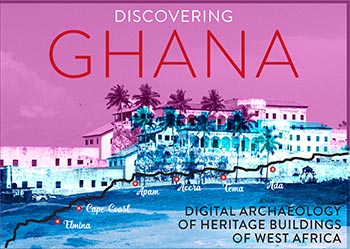
by Gilda DeDona ’18
We are finally here! Our first week at Elmina has served as a transition period. Initially in Accra, all of us embraced a tourist role: taking hundreds of photos, going out to dinner, getting sick, meeting new people, and adjusting to the cultural shock. In Accra we focused on understanding the culture, the history, and the fundamentals of structural engineering. Our goal was to establish the foundation needed to conduct our research at Elmina castle.
After one week of classes, we left the traditional pace of taking notes and listening and actually applied our knowledge to real life situations. For the first time in my academic career, I was using something I learned in college outside of a classroom. Over the course of the week, we learned multiple surveying methods, including how to take laser measurements, create CAD models (computer generated 3D models), and determine the position of objects on a standard plane (Transit).
As a result of this data collection, we have started to acquire not only the skillset, but the mindset of a researcher. If I have learned anything from this experience, it’s to never be content to take a structure for what it appears to be, but rather to question, and attempt to explain, what we are seeing and why we see it.
For instance, during our first day of fieldwork I found myself struggling to identify the different materials, specifically, the types of brick: Portuguese, Dutch, British, or Modern. Initially, my identifications were solely reliant on the color differences, which made me prone to error. With help from Professors Renato Perucchio and Mike Jarvis, I learned to think more critically about the multitude of factors that classify each brick in addition to color, such as location, mortar, dimensions, composition, and consistency. I’m not only becoming a better researcher, but a better engineer, and I’m very excited to see what’s to come in the remainder of our time here.
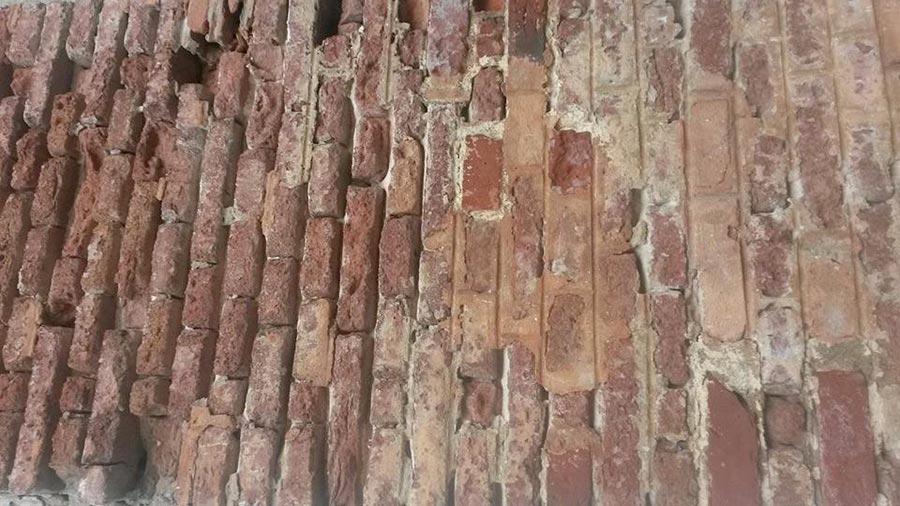
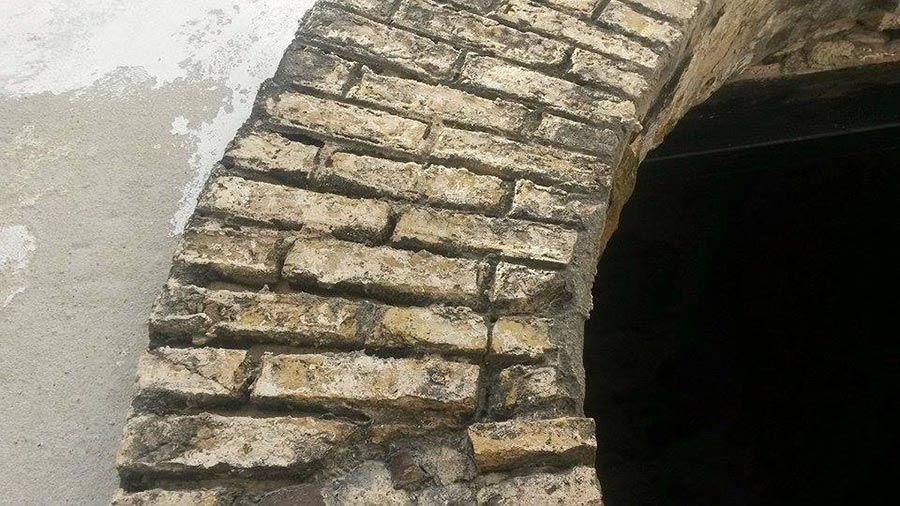
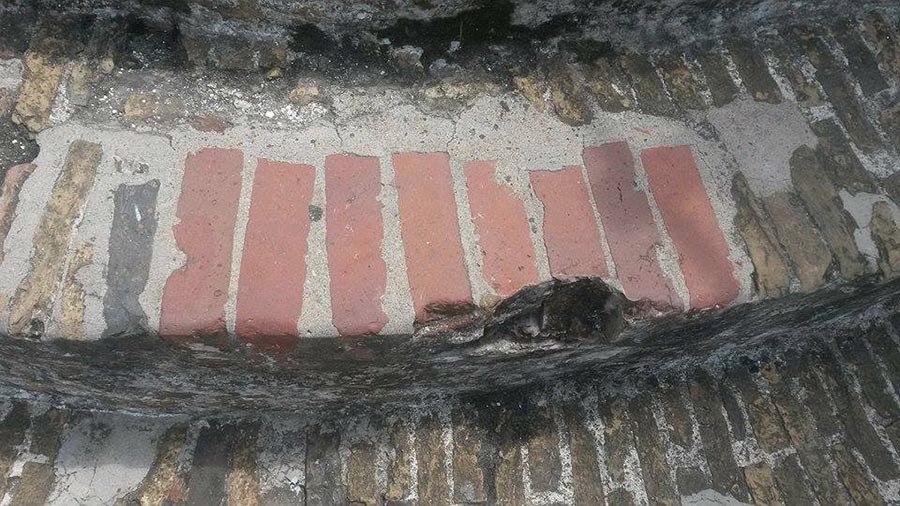
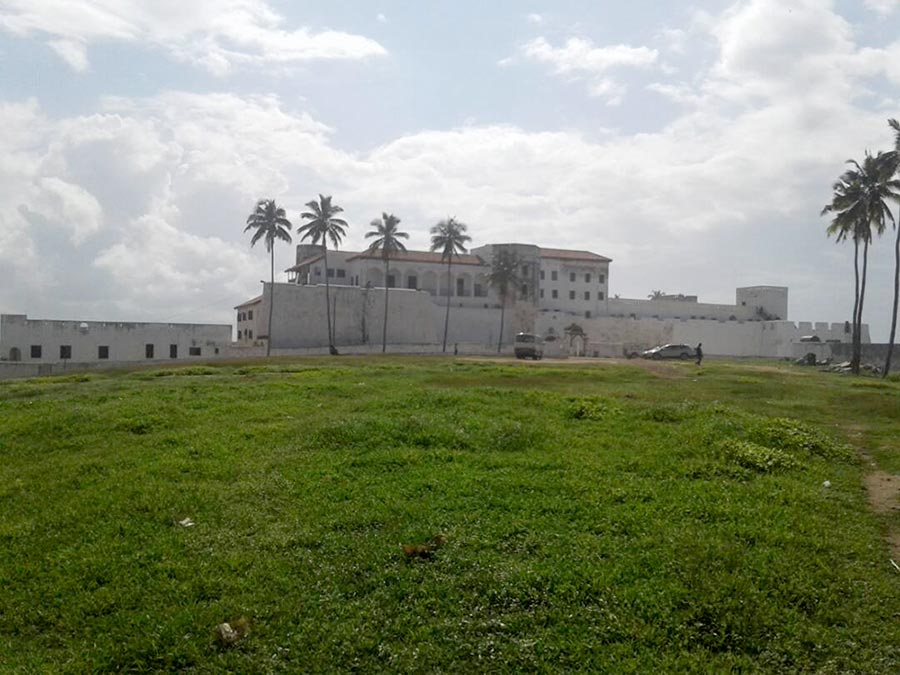
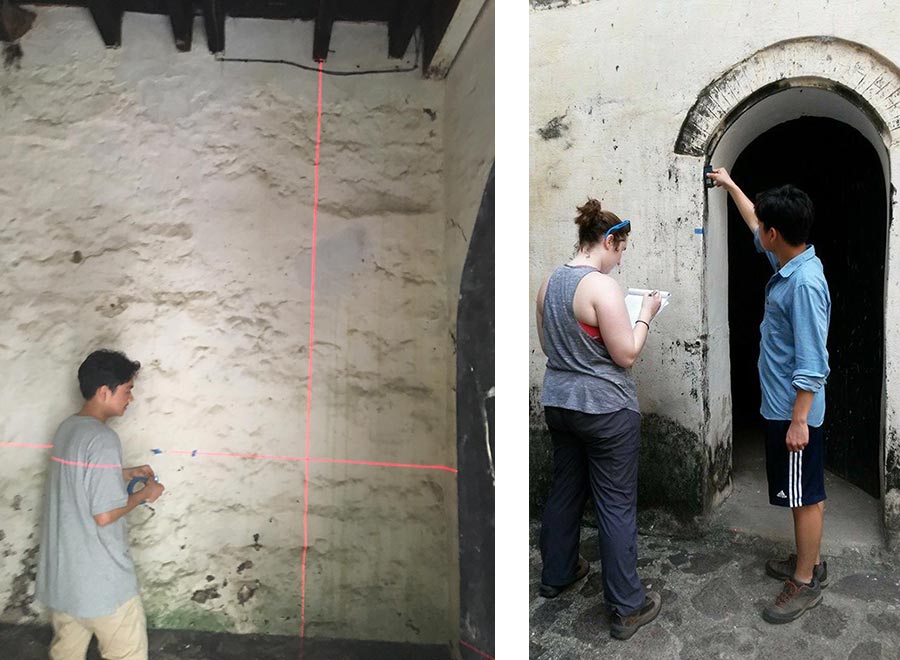
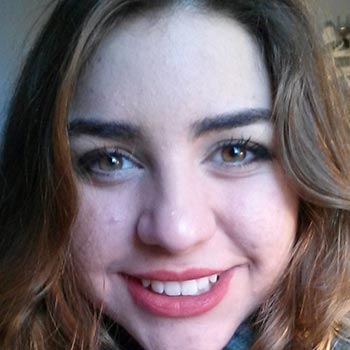 Gilda DeDona is a rising junior majoring in chemical engineering. “What initially interested me about this program was the blend of subjects,” she says. “This program intertwines engineering, architecture, archaeology, and history throughout its research at Elmina, an experience I knew I wanted to be a part of. Also, it has always been a dream of mine to study abroad. This program lets me learn about what I’m interested in and live out my dream. For this, I’m incredibly grateful.”
Gilda DeDona is a rising junior majoring in chemical engineering. “What initially interested me about this program was the blend of subjects,” she says. “This program intertwines engineering, architecture, archaeology, and history throughout its research at Elmina, an experience I knew I wanted to be a part of. Also, it has always been a dream of mine to study abroad. This program lets me learn about what I’m interested in and live out my dream. For this, I’m incredibly grateful.”
Eight University of Rochester students are participating in a field school in Ghana this summer, studying historic coastal forts built as early as the 15th century. Led by Professors Renato Perucchio, Michael Jarvis, and Chris Muir and teaching assistant William Green, the students are studying the engineering, historical, and cultural aspects of these structures, visiting other points of interest in Ghana, and sharing their experiences in this blog.
